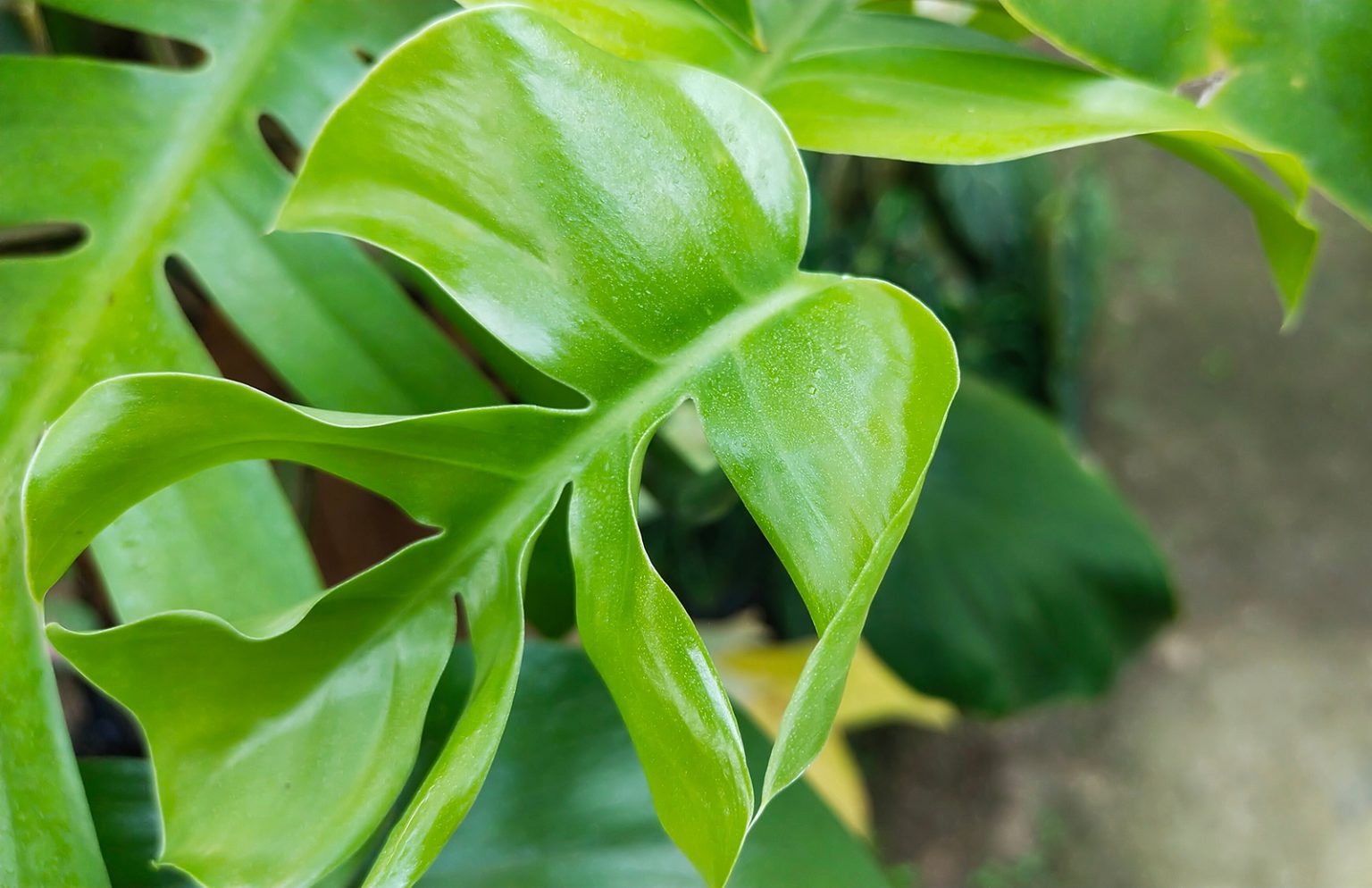Embark on a botanical journey with dragon tail plant care, where scientific knowledge intertwines with captivating storytelling. Discover the secrets to nurturing this captivating plant, ensuring its vibrant foliage and graceful growth.
In this comprehensive guide, we delve into the intricacies of dragon tail plant care, providing a roadmap for success. From optimal lighting conditions to proper watering techniques, we unveil the essential elements for fostering a thriving indoor oasis.
Light Requirements

Dragon tail plants, with their trailing stems and cascading leaves, have specific light requirements for optimal growth and appearance. Understanding their light preferences is crucial to maintain their health and aesthetic appeal.
Dragon tail plants thrive in bright, indirect light. Natural light from east- or west-facing windows provides an ideal environment for these plants. They can also tolerate lower light conditions, but insufficient light can lead to leggy growth and reduced leaf production.
Artificial Light
If natural light is limited, artificial light sources can supplement the plant’s needs. Fluorescent or LED grow lights are suitable options. Position the light source 6-12 inches above the plant and provide 12-14 hours of light per day.
Excessive light, especially direct sunlight, can scorch the leaves of dragon tail plants. Protect them from intense sunlight by providing shade or filtering the light through sheer curtains.
By adjusting lighting conditions to meet the specific requirements of dragon tail plants, you can promote healthy growth, vibrant foliage, and an attractive appearance.
Watering and Soil

Dragon tail plants require consistent moisture, but overwatering can lead to root rot. The frequency of watering depends on several factors, including the season, pot size, and environmental conditions.
Watering Schedule
- During the growing season (spring and summer), water when the top inch of soil feels dry to the touch.
- In winter, reduce watering to once every 1-2 weeks, allowing the soil to dry out more between waterings.
- For smaller pots, water more frequently, as the soil dries out faster.
- In high-humidity environments, water less often, while in dry environments, water more often.
Soil Requirements
Dragon tail plants prefer well-draining soil that is rich in organic matter. A mixture of potting soil, perlite, and peat moss is ideal. Perlite improves drainage, while peat moss retains moisture.
Checking Soil Moisture
- Insert your finger into the soil up to the first knuckle. If the soil feels moist, wait to water.
- Use a moisture meter to measure the soil moisture content. A reading between 3-5 indicates optimal moisture levels.
- Observe the plant’s leaves. Wilted or yellowing leaves may indicate underwatering, while brown or crispy leaves may indicate overwatering.
Propagation and Care: Dragon Tail Plant Care

Dragon tail plants are relatively easy to propagate and care for. With proper attention to their needs, they can thrive and add a touch of elegance to any indoor or outdoor space.
Propagation, Dragon tail plant care
Dragon tail plants can be propagated through three main methods:
- Stem cuttings: Take cuttings from healthy, non-flowering stems. Remove the leaves from the bottom 2-3 inches of the stem and dip the cut end in rooting hormone. Plant the cutting in a well-draining potting mix and keep it moist until roots develop.
- Leaf cuttings: Cut a leaf from a healthy plant, making sure to include a small portion of the stem. Remove the lower leaves and plant the cutting in a well-draining potting mix. Keep the cutting moist and provide bright, indirect light until roots develop.
- Division: Carefully divide an existing dragon tail plant into smaller sections, each with its own roots. Replant the divisions in individual pots with well-draining potting mix and water them thoroughly.
General Care
To maintain healthy dragon tail plants, follow these general care tips:
- Fertilization: Fertilize dragon tail plants monthly during the growing season with a balanced liquid fertilizer diluted to half strength.
- Pest and disease management: Dragon tail plants are generally resistant to pests and diseases, but they can occasionally be affected by mealybugs, aphids, or scale. Treat infestations promptly with an appropriate insecticide or pesticide.
- Repotting: Repot dragon tail plants every 2-3 years or when they become rootbound. Use a well-draining potting mix and a pot that is slightly larger than the previous one.